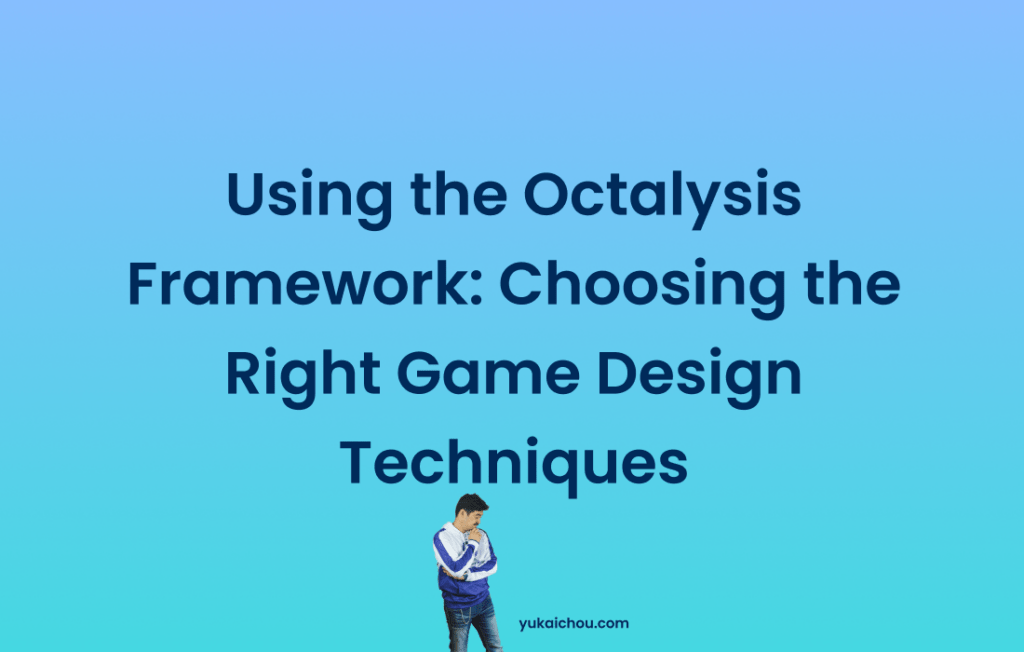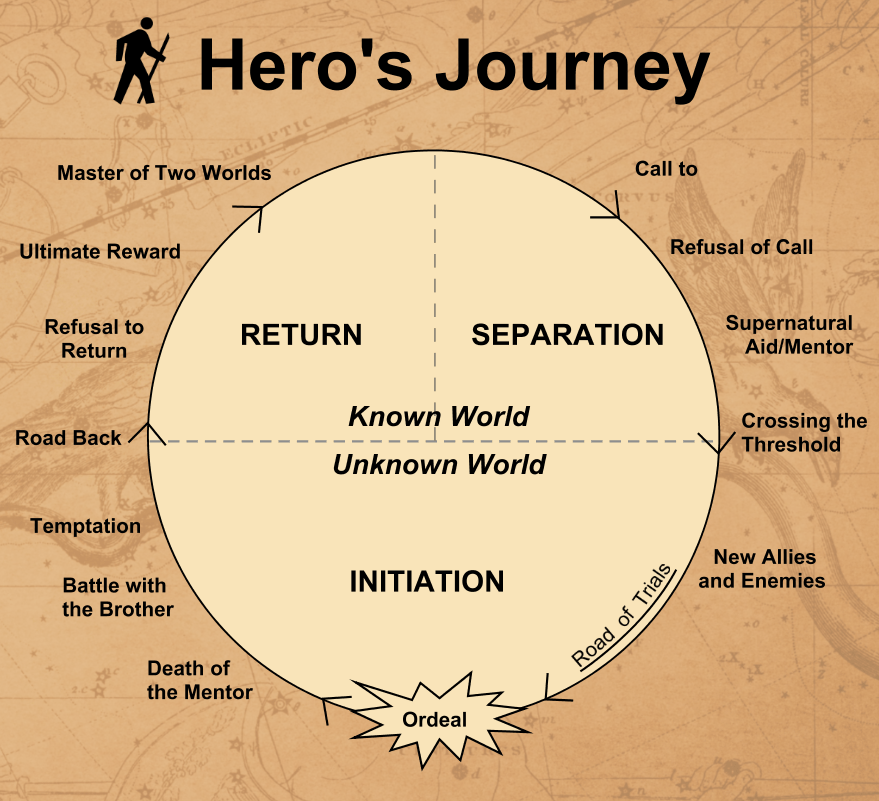Today, we’ll be discussing how to utilize the Octalysis Framework in choosing effective game design elements. During a recent Octalysis Prime office hours session, a longtime and active member inquired if there existed a framework to assist in determining which game design techniques to use. I jokingly asked him if he’s ever heard of the Octalysis Framework. This resulted in a very fruitful discussion and the realization that this concept might be unclear to others. Hence, I decided to share my insights via this blog post.
Understanding the Octalysis Framework
At the beginning of any project, we always start with the 8 Core Drives through the 5-Step Octalysis Design process. This process requires defining Business Metrics, understanding Players Types, outlining the Desired Actions, and identifying the rewards, incentives, Feedback Mechanics, and Triggers.
You need to focus on the player type and understand what motivates them. Sometimes, you might even consider Richard Bartle’s 4 Player Types: Achievers, Socializers, Killers, and Explorers to better design your game.
For instance, when working with corporate clients, executives often want to incorporate more competition into their designs. They believe competition is universally motivating because they themselves are competitive people. However, it’s vital to realize that not all player types respond to competition similarly.
Applying Core Drives in Workplace Gamification
Understanding Player Types and their corresponding Core Drives can influence the success of your game design. For instance, many workplace roles, especially retail or blue-collar jobs, are filled by Socializers. These individuals are not typically seeking high achievement; instead, they prioritize harmony and interaction with their colleagues. Therefore, focusing on Core Drive 5: Social Influence and Relatedness might be more effective. This could include adding more Group Quest (GT #22), Social Treasures (GT #63), and designs to promote people to appreciate each other better.
Monotonous tasks are common in many industries, such as factories or retail. To combat the disengagement resulting from such repetitive work, it’s beneficial to incorporate Core Drive 7: Unpredictability and Curiosity. Mystery Box (GT #72) designs can make each repetition feel like opening a treasure box or pulling a slot machine lever, adding an element of fun and surprise.
Creating Hybrid Designs
Once you’ve identified the player types and understood the Core Drives, the challenge is to determine what game design elements can fulfill those drives. You don’t need to stick to a list of existing elements; the most successful designs often come from unique combinations or hybrids. The key is to understand the Core Drives at a deep level and consider how different game design techniques can serve those drives.
This strategy of linking the 8 Core Drives to Player Types, applying them to the 4 Phases, and then tying them into game design elements can enhance your understanding of the Octalysis Framework. Remember, it’s not about memorizing game design techniques; it’s about understanding and learning through your journey with Octalysis.
Conclusion
I hope this exploration of the Octalysis Framework proves helpful. Game design can be an intricate process, but understanding your Player Types and applying the correct Core Drives can lead to engaging impactful experiences. I look forward to continuing the discussion and delving deeper into game design in future posts.








